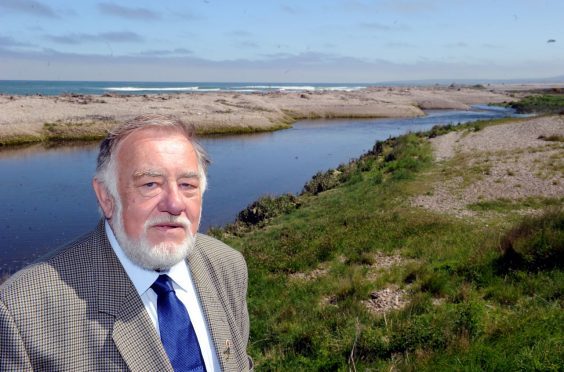A study to examine fish in the River Spey has found that more than one in six of them could be contaminated with microplastics.
Research was commissioned by the James A Mackie Memorial Trust, so lab tests could be carried out on species caught in the river and Moray Firth.
A total of 116 fish were caught during the study in the Spey Bay area and off the coast.
And the published findings have now revealed 24% of sea trout caught in July were found with microplastics while 46% were affected in September’s haul.
Cod and mackerel were also examined with about 17% of the total catch contaminated.
Fresh concerns have also been raised about the presence of parasites on the body and inside fish, some of which have never been seen before in the Moray Firth.
Jim Mackie, chairman of the trust that commissioned the research, said: “This was a quick dirty study to determine whether there is a presence, which there is.
“It’s certainly worth further work. The parasite in particular can affect the growth of the fish, which could have a big contributing effect to declining fish stocks.”
Microplastics are small beads, commonly found in shower gels and a variety of cleaning products. However, tiny particles from rope or bottles which has disintegrated can end up in the bodies of fish.
Readings of the sea life’s weight and length confirmed none of the samples were suffering from malnutrition.
The trust received £3,000 from the Money for Moray scheme to team up with Aberdeen University to carry out the study.
In publishing her findings, Shanna Paterson recommended further research was done with a larger sample size to determine the threats from microplastics and parasites in the Moray Firth.
The academic revealed the pollution had the potential to affect fish stocks by reducing their appetite.
She said: “Many of these particles may pass through the animals without causing harm, much like stones and sand grains, but there is the possibility of these items causing blockages in the digestive tract.
“In fish, these blockages could give the digestive system the false impression that the animals are full and feeding would cease, leading to malnutrition.”
